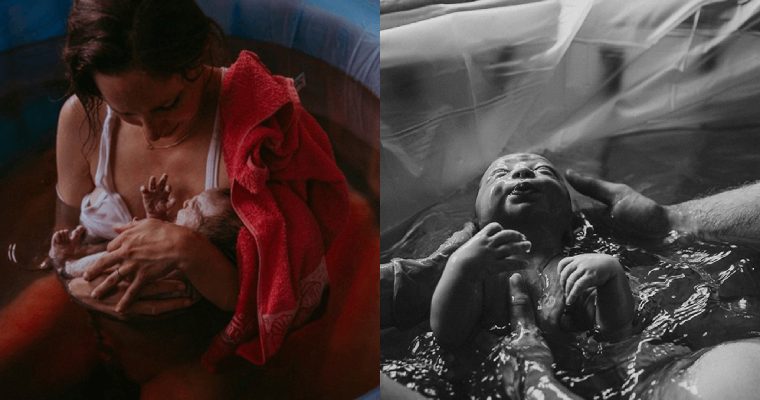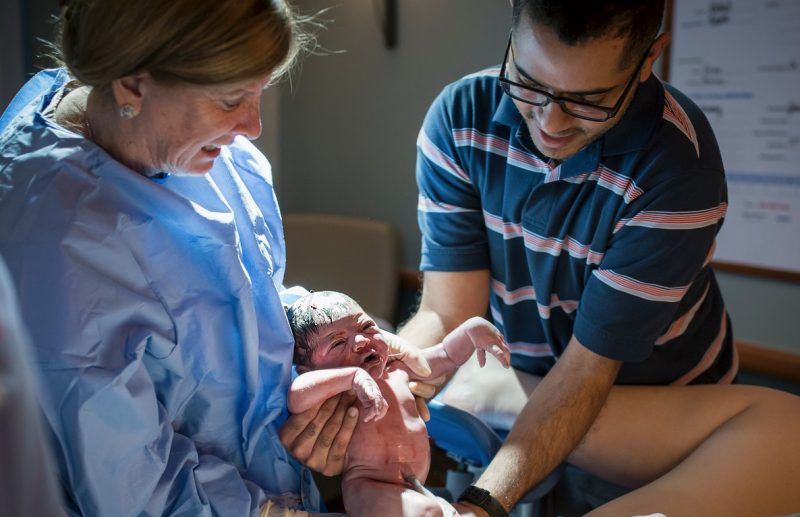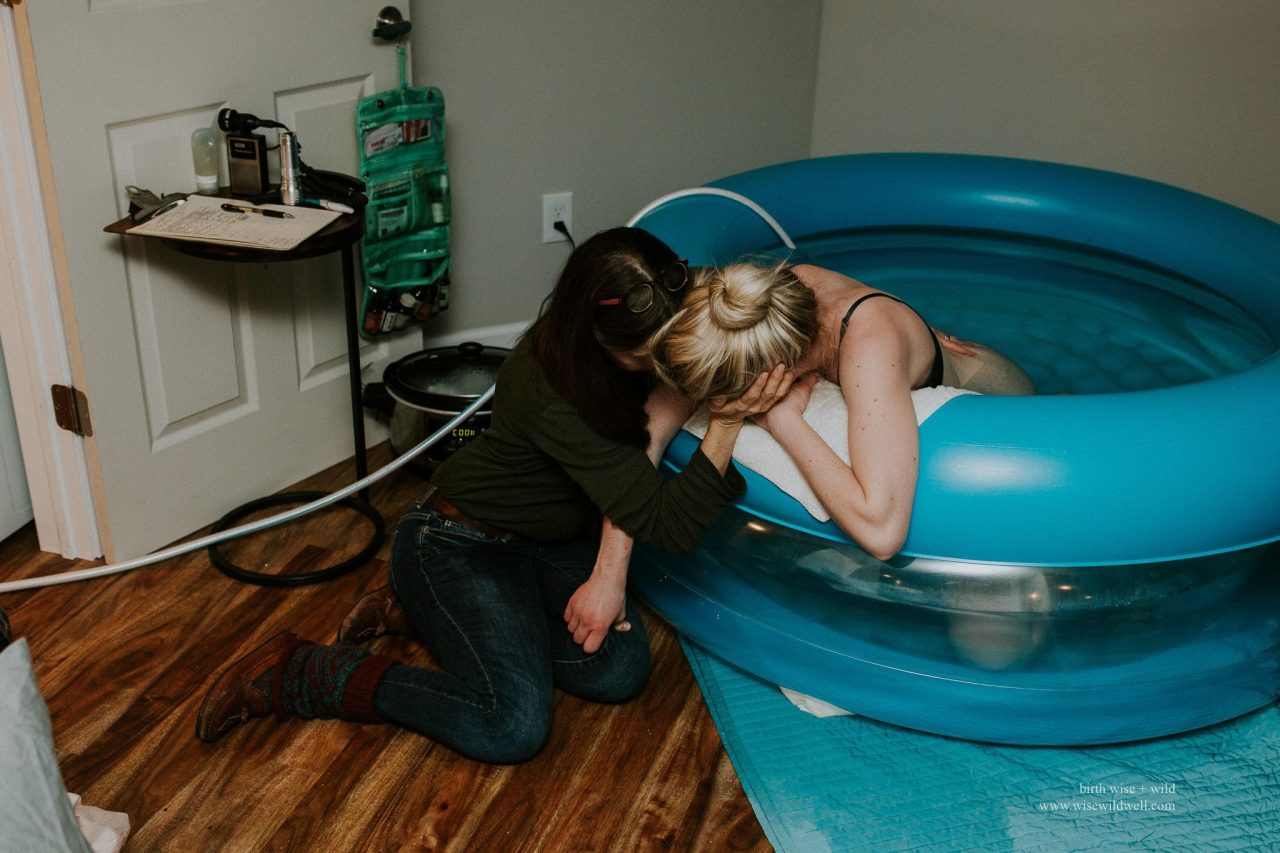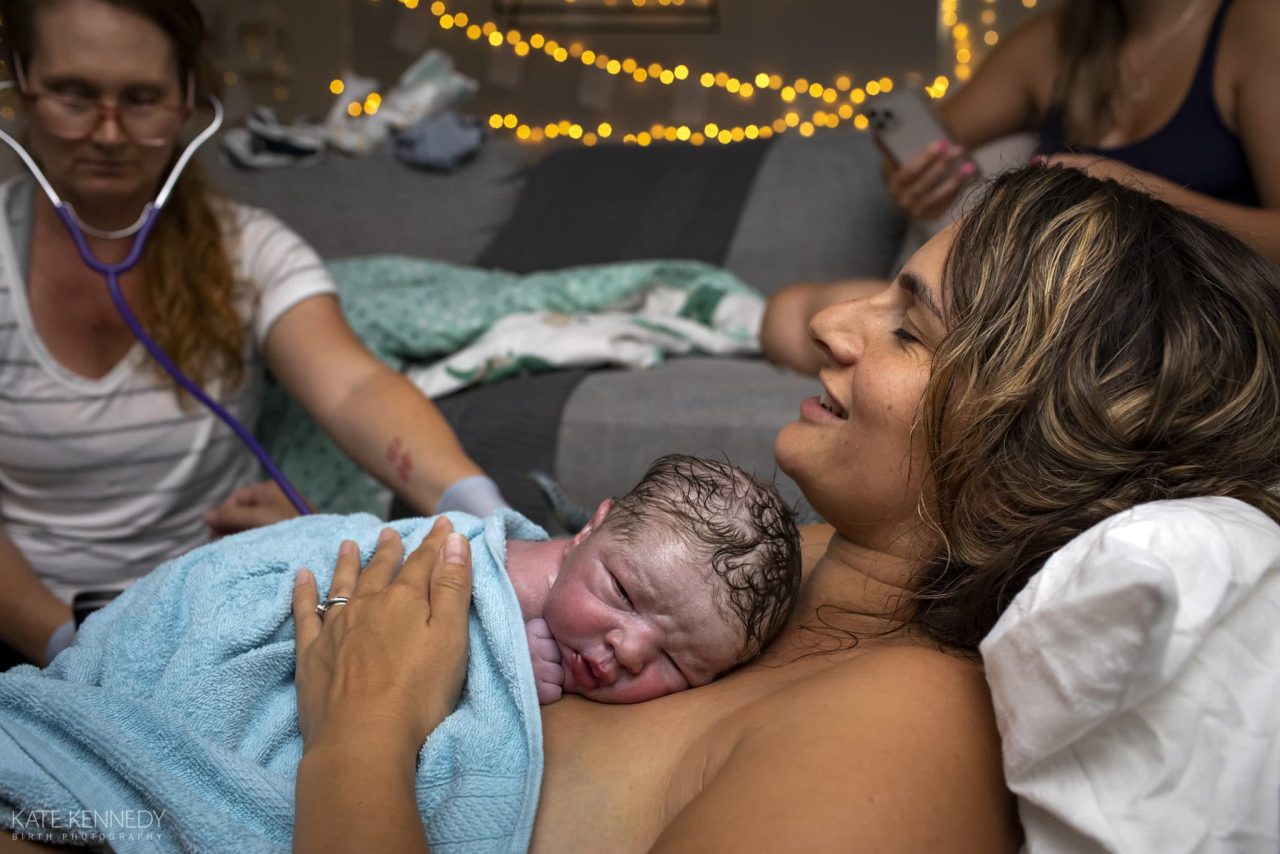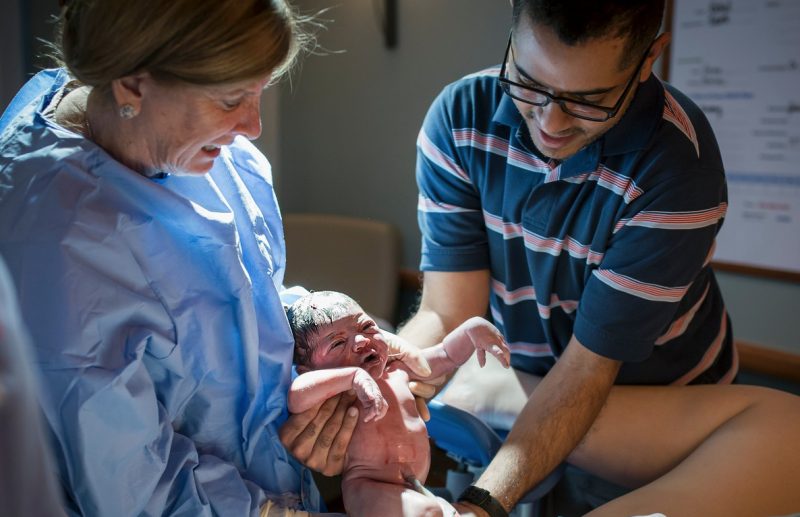During this month, your child continues at a rapid pace to improve control over his body and learn about the world of adults.
It now sits up independently from a lying position, stands up and is stable, and walks around a stationary support. Some children may lag behind in motor skills compared to others, which is a common cause of concern for parents.
There is no need to worry because the delay can be made up with rehabilitation. For this, the active cooperation of parents is required. If the child is still not crawling well, sitting confidently, or standing on his own, you will most likely need the help of a child rehabilitator.
1. Time to walk
Regarding the normal period of passage, it is important to mention that the limits are too large. Some children walk as early as 9 months, and others only at 1 year and 2 months. Walking on time is especially important because it gives the child the opportunity to accelerate his or her development. Both hands are now free. Fine movements can thus be perfected, as can complex targeted actions. Opportunities to explore the surrounding world are growing rapidly. The child gains independence and confidence. It now only reaches the desired object, gets to know it, and discovers what actions it can perform with it. He perfectly knows the difference between toys and performs many more actions with them. Some children of this age can stack cubes on top of each other and perform a task based on verbal instructions: “give the toy,” “clap hands,” “show the lamp,” etc.
 2. Verbal communication and play
2. Verbal communication and play
When choosing a toy for this age, you should consider what actions your child can perform with it. That is, it must have functional qualities that the child can use. During this period, you should teach your child how to play with the objects. The time spent playing with the child is invaluable for his development and acquisition of personal experience. In this period, the child usually utters his first words, which are related to the closest and most important things to him. And because of a lack of appropriate stimulation and insufficiently diverse impressions, the first words are delayed. Let’s repeat again that it is necessary to use every opportunity to contact and talk with the child, regardless of the fact that he does not understand everything yet. Explain to him the procedures you are performing, saying the words correctly and not in “baby” language. Have him repeat the words he hears. When he wants an item, you should ask him to name it, repeating its name.
 3. A new diet
3. A new diet
In the tenth month, the child remains on five meals – every 3 1/2 hours. He is now offered coarser, denser foods. Homemade food with fresh products and minimal heat treatment is recommended. It starts with a few spoonfuls of the food with a new consistency, and then the child is fed the more finely ground food that he was on until now. The new food is given at the beginning of lunch when the child is hungry. The amount is increased gradually over several days. You can now serve larger minced meat – moussaka, meatballs with sauce, stuffed peppers with rice. Afternoon breakfast can include, in addition to milk porridge and milk with rice, semolina, cake.
 4. First shoes
4. First shoes
During this period, you will also need the first shoes for your child. They should be of soft leather, with a flat and thin sole (without an orthopedic arch), and be high enough to cover the ankle firmly. Their soles should be wide, the toes should be freely located in them, and in front of them there should be enough free space.
Source: babieshealthus.com




